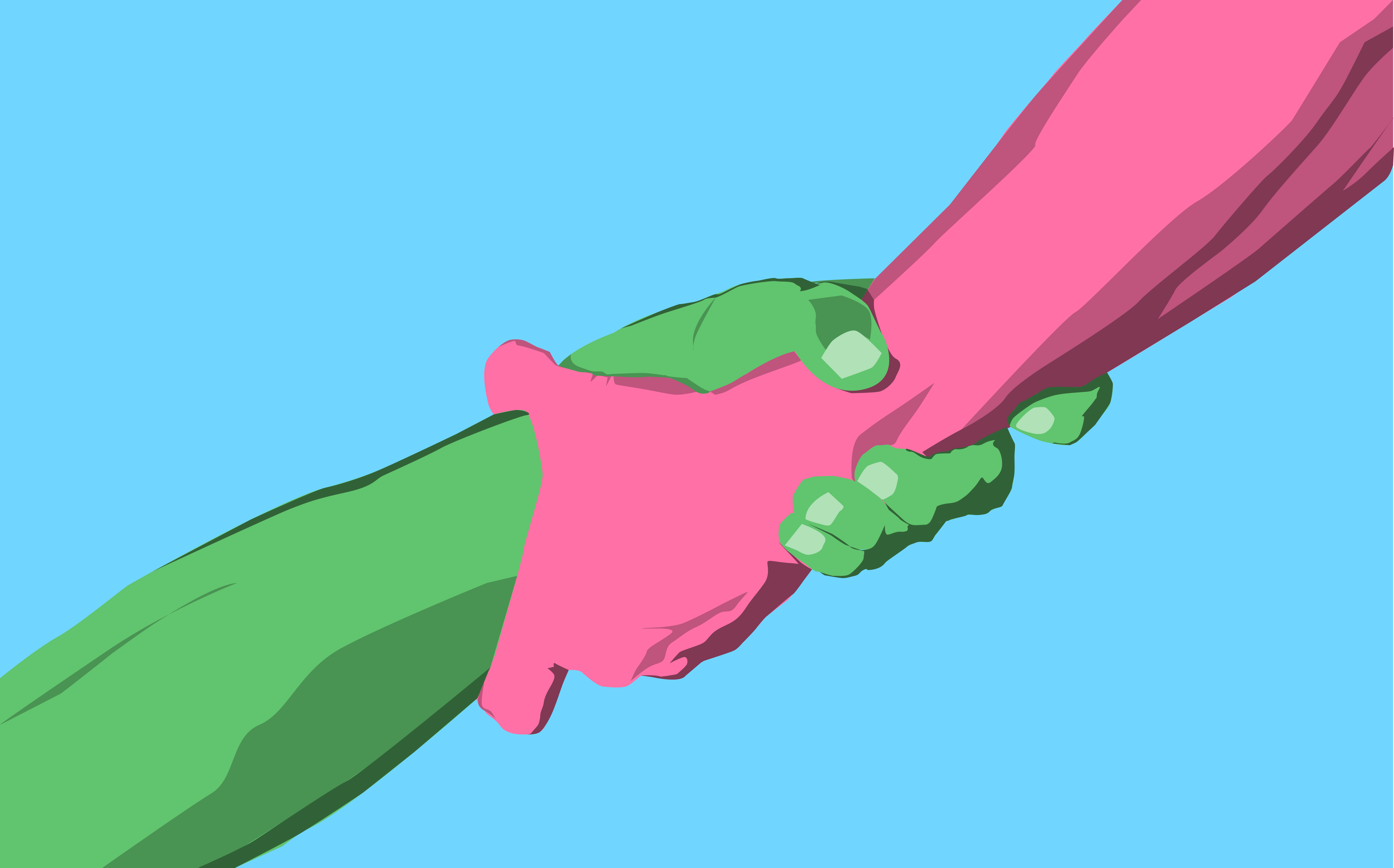The Portrayal of India in the West
Indian portrayal in the film industry is a chameleon, with its multifaceted culture and people camouflaging to adjust to the view around it. The reversal of this inaccurate representation is one that can be solved through verifying who’s lens India’s stories are being told through. This can halt the spread of misinformation and restore the vibrant and flourishing colours of India at last.
The western film industry often depicts India as a poor, dirty, and inferior country with no development in progress. This view is accompanied with images of slums, mud huts, and decaying buildings. It can lead people to falsely believe the notion that India is an underdeveloped country. Unfortunately, this negative portrayal causes India to garner attention in the wrong ways, as a dirty and backwards country, and ignores the positive aspects of what it has to offer.
India proudly holds several accomplishments such as developing a domestic communications satellite, launching a nuclear submarine, and discovering Fibonacci numbers. It is also home to gorgeous natural landscapes, such as the Yumthang Valley, Chandertal Lake, and the Valley of Flowers. Not to mention that the Taj Mahal, located in Agra, was deemed a UNESCO World Heritage site in 1983 and attracts between seven to eight million visitors each year. However, instead of showcasing the positive aspects of India in the film industry, it is plagued with negative and incorrect portrayals.
The misrepresentation of India in the film industry is due to the lack of Indian perspectives in western media.
By replacing authentic Indian views with those of non-Indian white men, the western film industry promotes the racist and stereotypical depictions of India in the film industry today. This causes India to camouflage into the mask of what the world expects of it.
Headlines are being made today with stories that portray India in a negative and incorrect way. For example, the movie Slumdog Millionaire, released in 2008 and directed by British director, Danny Boyle, is an adaptation of the original book, Q & A, written by Vikas Swarup. The story is about 18-year-old Jamal Malik, who secures a spot on the Indian version of Who Wants to Be a Millionaire and seemingly knows all the answers to win the grand prize. The movie, which won eight Academy awards, is a movie that completely disregards the rapidly developing nature of India.
According to an interview that appeared in the Vancouver Sun, “Swarup was worried that some of the elements that were introduced [in the movie] would create controversy, even criticism, in India-not a comfortable state of affairs for a career bureaucrat.” This passage indicates that while Slumdog Millionaire was an adaptation of a book written by an Indian author, there were some changes made to the original story that could cause controversy among Indians.
Another passage from the same interview states, “The title of the film was a hot issue as well. There were effigies of the film’s director, Danny Boyle, burned in protest, and an activist and slum dweller named Nicholas Almeida filed an official protest in an Indian court stating the ‘slumdog’ was discriminatory . . . The term ‘slumdog’ doesn’t appear in the novel. Indeed, it hadn’t appeared in the English language until the screenplay.” This quote shows that some of the controversial issues surrounding the movie were never present in the original book.
The fact that controversial topics in the movie were not present in the book further intensifies the point that the misrepresentation of India inside the movie can be related to how the story was told through the eyes of a non-Indian.
I feel that using a non-Indian director to promote an Indian message is damaging to the authentic theme and perspective of the story.
By adding an Indian director to the movie’s production team, the narrative of how India is portrayed in the film industry could be changed. This can create a more accurate and meaningful message about Indian society while avoiding controversy.
The negative portrayal of India doesn’t just stop with Slumdog Millionaire. Even some of the largest franchises today have misrepresented India. Take The Avengers, for example. In a scene at the beginning of the movie, Bruce Banner is seen in Kolkata, India, using his medical knowledge to cure lepers in the slums. The people in the slums are covered in dirt and dressed in rags, while Banner is dressed in a clean suit and a dress shirt. This scene blatantly overlooks the rich history and culture of Kolkata, one of the largest cities in India.
According to an article in The Hollywood Reporter, several celebrities have spoken out on this issue as well. “‘It is disturbing to see the murky underbelly of India in Hollywood films,’- ‘But before pointing it out to the west, we need to make efforts to change their perception about us.’” Says popular Bollywood actress Neha Dhupia. This article shows that the effort to change Indian portrayal in the western film industry is something that goes as far as celebrities. In order to change Indian representation, it is important to use an Indian as a first-hand perspective on their country. If an Indian filmmaker was present on the set of The Avengers, perhaps the diverse city of Kolkata would have gained recognition in a more positive and accurate way.
The unique and vibrant colours of India are ones that have been muted to fit the stereotypical mould around them. Through racist and controversial perspectives of India, the western film industry has camouflaged India, its culture and history blending into the few negatives surrounding it. Seeing inaccurate perceptions of India shows that proper Indian depictions in the film industry is much needed and achievable by including Indian filmmakers in the western media. Supporting Indian filmmakers will let the dull, stereotypical mould melt away, and a glimpse of India’s true, stunning colours will emerge.




